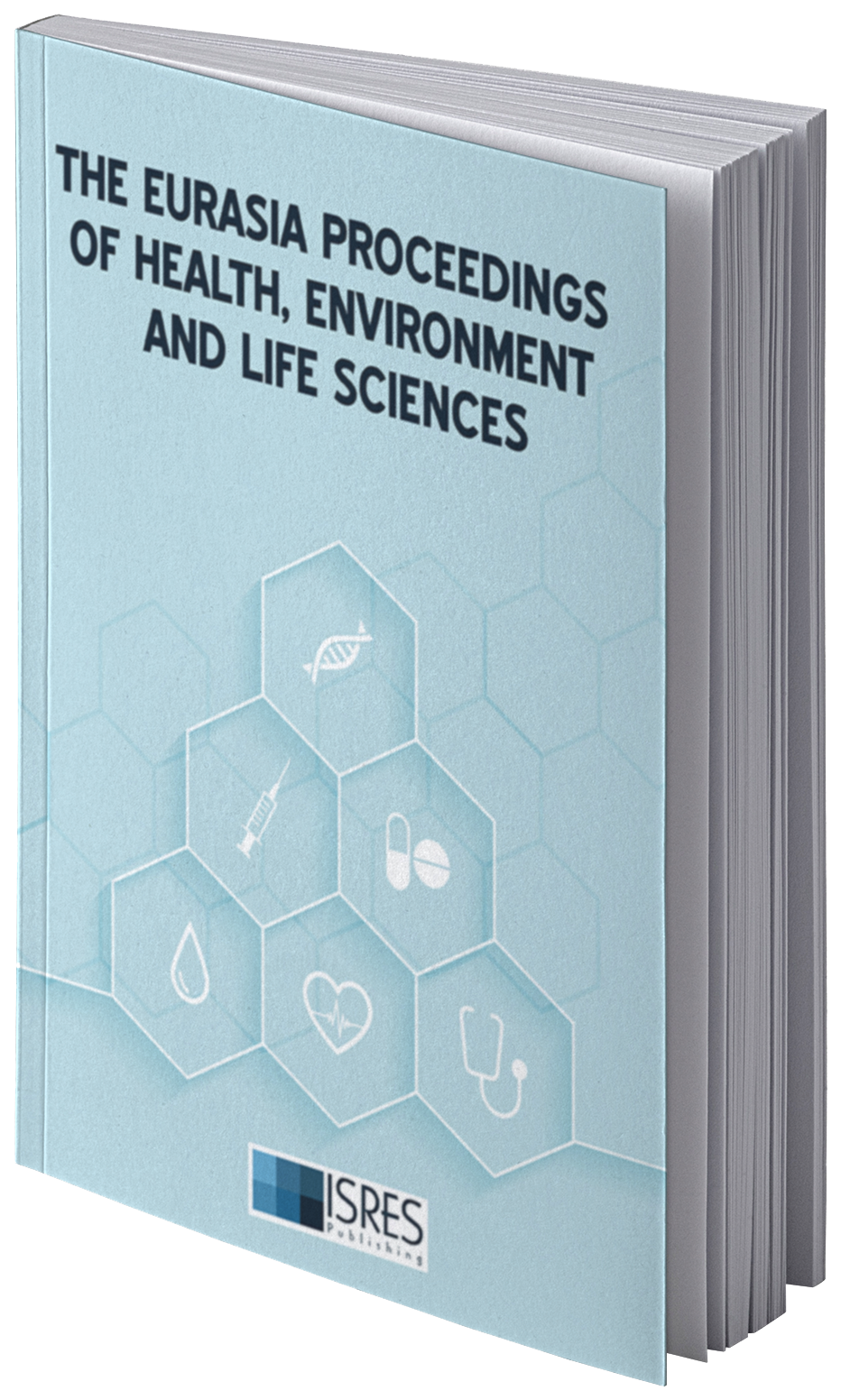Determining Nutritive Value of Dry Ash Leaves (Fraxinus Angustifolia) Harvested in Fall via the Regression Method for Growing Rabbits
DOI:
https://doi.org/10.55549/ephels.78Abstract
Shortage acute and high price of animal proteins can be mitigated by sustainable farming of small, very prolific animal species with a short production cycle and valuing non-competitive foods on the resources and space reserved for human food. The rabbit (Oryctolagus cuniculus) combines all these assets. Ash leaves are little or not known nutritionally, nutritive value information relating them is very fragmentary and relates specifically to small ruminant herbivores.Therefore, the present work aim is to determine the nutritional value of oxyphylle dry ash leaves(Fraxinus angustifolia), distributed with increasing rates incorporation in pelleted food for growing rabbits. The nutritive value of Ash leaves collected in fall, dried under shade conditions and distributed for growing rabbits. We compared diets containing an increasing incorporation of Ash (Fraxinus angustifolia) leaves (0 to 40%) in substitution to a basal mixture. The crude protein (CP) concentration of Ash leaves was 10.9 % dry matter (DM), while neutral detergent fibre (NDF) and acid detergent fibre were 30.5 and 19.9%, respectively. A basal diet was formulated (32.51% NDF and 18.2% CP, on DM basis) and pelleted. Two others diets were obtained through substitution of 20 and 40% of basal diet by Ash leaves. Faecal digestibility was measured between 45 and 49 d of age on 12 young rabbits per diet, fed ad libitum since weaning (35 d, 802±197 g). The substitution of 40% of basal diet by Ash leaves didn't reduce the digestibility of organic matter, however digestibility of crude proteins, energy and NDF were reduced from 76 to 70%, 71 to 67% and 34 to 32, (P <0.01), respectively. The digestible energy obtained by regression for shade-dried Ash leaves was 8.67±0.47MJ/kg DM, and the digestible protein content of Ash leaves was 71.55±7.3 g/kg DM.
Downloads
Published
Issue
Section
License
Copyright (c) 2024 The Eurasia Proceedings of Health, Environment and Life Sciences

This work is licensed under a Creative Commons Attribution 4.0 International License.
The articles may be used for research, teaching, and private study purposes. Any substantial or systematic reproduction, redistribution, reselling, loan, sub-licensing, systematic supply, or distribution in any form to anyone is expressly forbidden. Authors alone are responsible for the contents of their articles. The journal owns the copyright of the articles. The publisher shall not be liable for any loss, actions, claims, proceedings, demand, or costs or damages whatsoever or howsoever caused arising directly or indirectly in connection with or arising out of the use of the research material. All authors are requested to disclose any actual or potential conflict of interest including any financial, personal or other relationships with other people or organizations regarding the submitted work.



